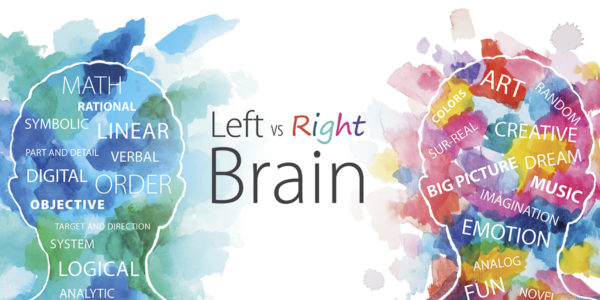How Hollywood continues to influence the advertising industry.
My business partner, Rio Phior, and I spent decades working in the entertainment industry, producing hundreds of the most memorable and iconic marketing campaigns for many blockbuster films, including Ghostbusters, Empire Strikes Back, Raiders of the Lost Ark, Schindler’s List, Dances with Wolves, Ferris Bueller’s Day Off, The Big Lebowski, and Home Alone, just to name a few. During that time, we learned the Golden Rule of movie marketing: To help you understand how this applies, not only to motion picture marketing but to any brand marketing initiative, let’s examine the launch criteria used for almost any movie. First, every motion picture theatrical release has a shelf life of 48 to 72 hours. If the studio cannot motivate audiences to leave their house and go to a theater to see a particular film within this period of time, at best the studio loses money and at worst, the marketing executive loses their job. Simple as that. In selling a blockbuster film, such as Star Wars or Jurassic Park, the studio can rely on the legacy and equity the film has built up over the years. But what about a smaller, independent film that few have heard about? How do you convince people to spend money to see that film? That same question applies to brands, products and services the public doesn’t recognize. The answer is tied to how well an organization can communicate the story about their brand. To do this effectively, recognize that every brand has the same elements as a movie: 1. The Backstory:
Every movie has a foundation for the cast of characters to exist. This establishes the reason for introducing the hero (the brand) to the audience and sets up the story of what the audience is about to experience. 2. The Opportunity/Protagonist/Hero:
Great movies all reveal an opportunity — for redemption, love, conquests, retaliation, etc. — and a standout character who sets the stage for the story. This is the chance to build empathy around the main character (your brand) from the audience. 3. Conflict/Drama/Suspense:
Every great film creates drama and suspense through conflict. Every brand has conflict. It could be competition, misperceptions, lack of awareness, time or money. The story starts to establish the path to overcoming conflicts. 4. The Plot Twist/Turning Point:
Every memorable film has a plot twist – an unexpected change in the story that disrupts the expectations of the audience and suggests a potentially larger barrier or opportunity. 5. The Climax:
In the movies, the main character confronts the villain. In your world, the brand confronts the competition and steps in to save the day for your customers. 6. The Outcome/Resolution:
Every great film provides an ending and completion to a story. Your audience wants to feel changed by the outcome of that story. In terms of your brand’s story, the audience should see it overcome all odds and help people reach their goal or realize their dreams. In our own firm, we have applied the Hollywood golden rule when developing the integrated marketing and branding strategies for literally every industry, product and service for which we have been responsible. For global electronics giant Sony, we used Emotion Marketing to appeal to a woman’s feelings of adventure and indulgence. For an independent chain of Texas banks, we used Emotion Marketing to appeal to a family’s feeling of heritage, security and empowerment. For an automobile manufacturer, we appealed to a man’s desire to feel heroic. And for a global SaaS firm we used Emotion Marketing to appeal to the personal desires and inspiration of architects and engineers. For marketers, are you are selling a product, service or features, or are you selling an “experience”? Can you tell your customers how your brand will make them feel? Do you know how your customers feel about your brand or the industry your brand lives in?Don’t sell the movie; sell the movie the audience wants to see.
Ask yourself: Is your brand a hero in its respective industry? If it were the lead actor, how would you describe its origin and personality?
Ask yourself: How do you want your audience to feel about your protagonist/brand?
Ask yourself: What is the main villain keeping your customers from succeeding? What are the negative outcomes of not using your brand? What are the pain-points of your audience and how the brand can overcome them?
Ask yourself: How does the plot twist apply to your brand, how is it revealed to your audience and what do you want your audience to do about it?
Ask yourself: What is the turning point in the brand story to convince the audience to consider responding or purchasing?
Ask yourself: What are the outcomes of your story that are relevant to the behavior and emotions of your audience? How do you want them to feel at the end of the story? What do want them to do?The better brand story and experience, the more successful you will be at driving engagement and revenue.









